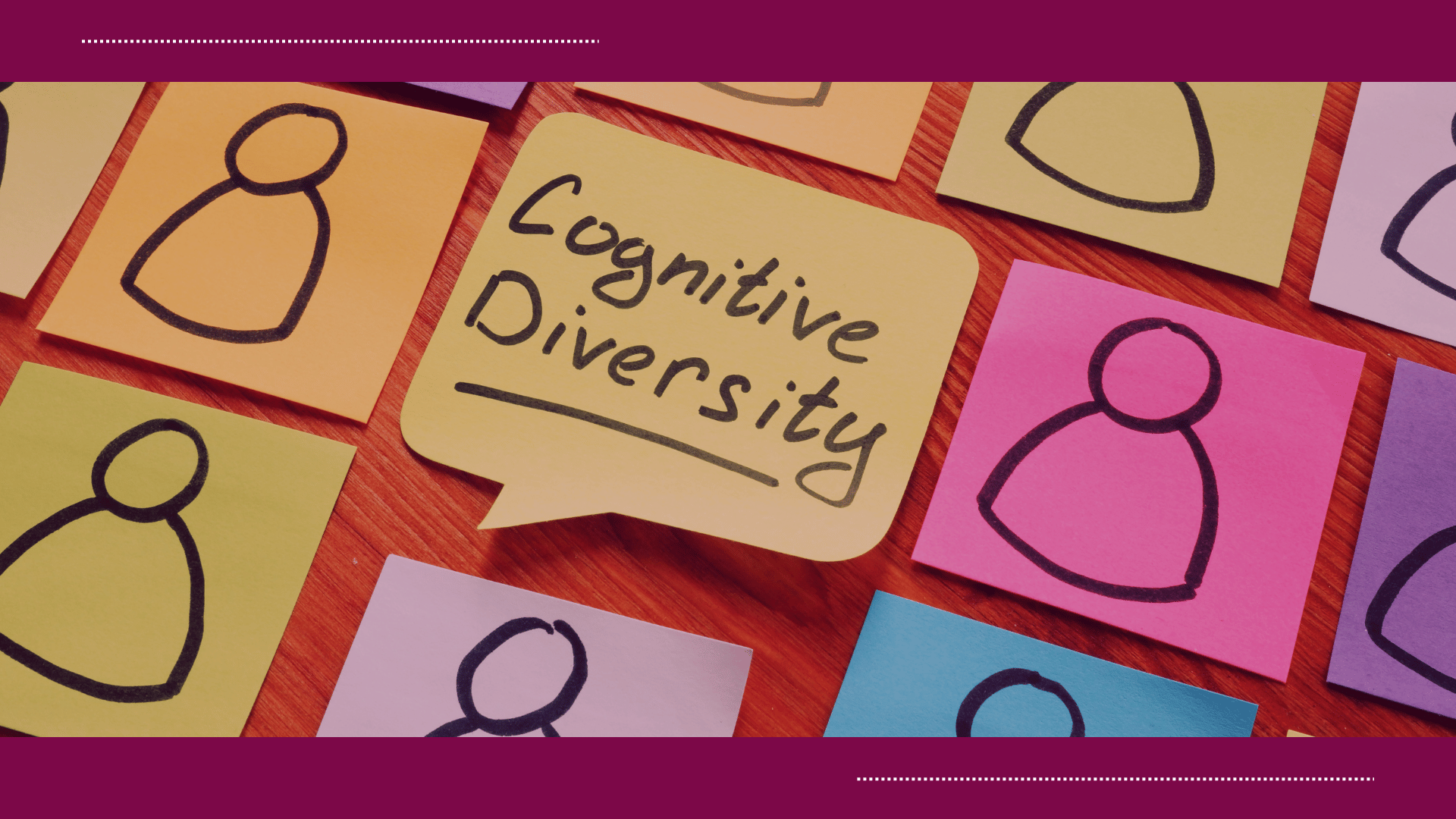
Are you a Leader committed to your growth and that of your team, but you are walking a tight rope?
Meeting the demands of your team, fulfilling your role, and innovating in a world filled with uncertainty may be leaving you feeling stressed, overwhelmed, and burned out.
You are not alone, an overwhelming number of leaders report feeling the same way. A Gartner report reveals the challenges that the majority of leaders are facing:
- Burnout
- Overwork
- Overwhelm
- Pressure to deliver
- Struggling to work remotely
- Internalising the fault for high employee burnout.
Faced with higher staff turnover than ever before, Leaders need strategies that support their growth and that of their team to reach their full potential. Leadership needs to evolve and accelerate to thrive.
Are you ready to evolve yourself,
your teams, and your organisation?
Hi, I’m Manisha
Consulting Psychologist, Leadership Coach, and the only qualified Fearless Organisation Scan Practitioner in South Africa.
As the developer of the Leadership Evolution Accelerator, I champion Leaders to connect to themselves, their teams, and their vision to thrive in this uncertain world.
The Leadership Evolution Accelerator Blueprint is a map for leaders to :
The number one indicator for high-performing, connected teams that thrive is psychological safety. Underpinning each element of the Leadership Evolution Accelerator Blueprint is the creation of psychological safety for the individual and the team.
Fearless organisations that are purposeful and profitable have at their essence psychological safety. Psychological Safety is the belief that one will not be punished or humiliated for speaking up with ideas, questions, concerns, or mistakes. This creates the environment for people to lead themselves, their teams, and organisations fearlessly, with passion and purpose.
Make the leap from self-doubt, overwhelm, and anxiety to confidence, purpose, passion, and growth.
Let’s chat
Let’s chat about how I can champion you to evolve and accelerate your leadership for you, your team, and your organisation to thrive.


“I have had the privilege of using Manisha's expertise in the process of recruiting for an EXCO position and I would highly recommend her services. Manisha is thorough and very detailed orientated. Working with Manisha was an absolute pleasure, I would do it over and over again”
Fatima Sacoor
Head of Employee Relations at Steyn City Properties
MashIt
"All positive, Manisha changed my life. I am a much better human being and leader today than I was before working with Manisha. I continue to use the tools she gave me to cope with anxiety and I have also helped other people in my team to deal with anxiety by telling them about my journey with coaching and the help Manisha gave me."
Koketso
Senior Manager, Risk Solutions
FabuFit
"Manisha’s work ethic and knowledge were exemplary. She is very knowledgeable about assessments and talent management in general. She engaged with stakeholders at all levels of the business and her recommendations and feedback were well received and respected. She has made a significant contribution to the development of Talent Management and Organisation Development at TIH. It has been a pleasure working with Manisha over these past three years and I would unreservedly recommend her to unlock value and deliver benefit for similar projects of this nature."
Riaan Pretorius
Chief Legal and People Officer, Telesure Investment Holdings
YesSuits
Our Latest Posts










